
Top Easy-Care Ferns for Dim Spaces: Perfect Plants for Low-Light Areas
Are you looking to add a touch of greenery to your home or office but struggling with dim spaces? Don’t worry—there’s no need for bright, direct sunlight to enjoy lush, thriving plants. Easy-care ferns for dim spaces are the perfect solution. These resilient plants can thrive in low-light conditions with minimal effort, making them an ideal choice for those who want the beauty of nature indoors without the hassle of high-maintenance care. In this article, we’ll explore the top fern varieties that thrive in dim spaces and offer practical tips for keeping them healthy and vibrant in your home.
Table of Contents
ToggleWhy Choose Ferns for Dim Spaces?
Ferns are ideal plants for dim spaces, and here’s why they should be your go-to choice. Their ability to thrive in low light makes them perfect for areas in your home that lack direct sunlight, such as bathrooms, hallways, or corners of rooms.
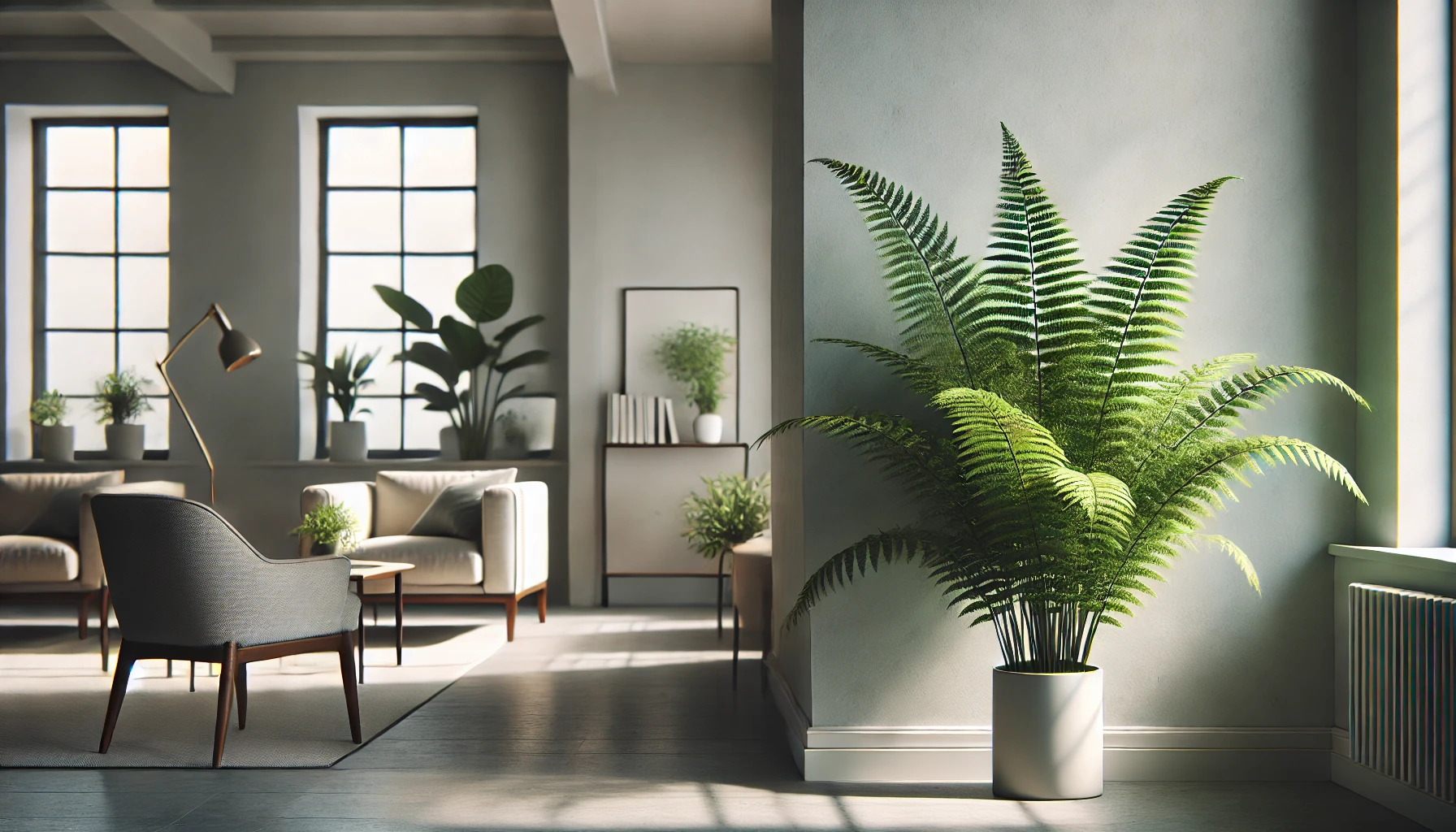
Adaptability to Low Light: Ferns naturally grow in shaded environments, making them well-suited for dim spaces. Unlike many houseplants, they don’t require bright, direct sunlight to stay healthy, which means they can thrive in low-light conditions without any special attention.
Air-Purifying Benefits: Ferns are excellent air purifiers. They help remove toxins from the air, creating a healthier indoor environment. This makes them especially beneficial in enclosed or poorly ventilated areas.
Low Maintenance: Once you find the right spot for your fern, it’s easy to care for. Ferns prefer consistent moisture and indirect light, and with minimal effort, they will flourish in dimly lit areas.
Variety of Options: There are several types of ferns, like the Boston fern and the maidenhair fern, that are particularly suited for low-light conditions. These ferns add lush greenery to your space, giving it a natural, calming vibe.
By choosing ferns for dim spaces, you can enjoy the beauty of greenery in areas where other plants might struggle. They require little light, are low-maintenance, and offer air-purifying benefits, making them a great addition to any home.
Key Factors for Growing Ferns in Low-Light Areas
Growing ferns in low-light areas can be a challenge, but with the right care, these lush plants can thrive even in less-than-ideal lighting conditions. Here are the key factors to consider:
Choose the Right Fern Varieties: Some fern species, like the Boston Fern and Japanese Painted Fern, are more tolerant of low light. These varieties adapt well and still maintain their lush, green appearance.
Light Requirements: While ferns can tolerate low light, they still need some indirect light to survive. Place them near a window with filtered light or in a room with artificial lighting. Avoid direct sunlight, which can scorch the leaves.
Watering Needs: Ferns thrive in moist environments but do not like to sit in water. Water your fern when the top inch of soil feels dry. Ensure the pot has good drainage to prevent root rot.
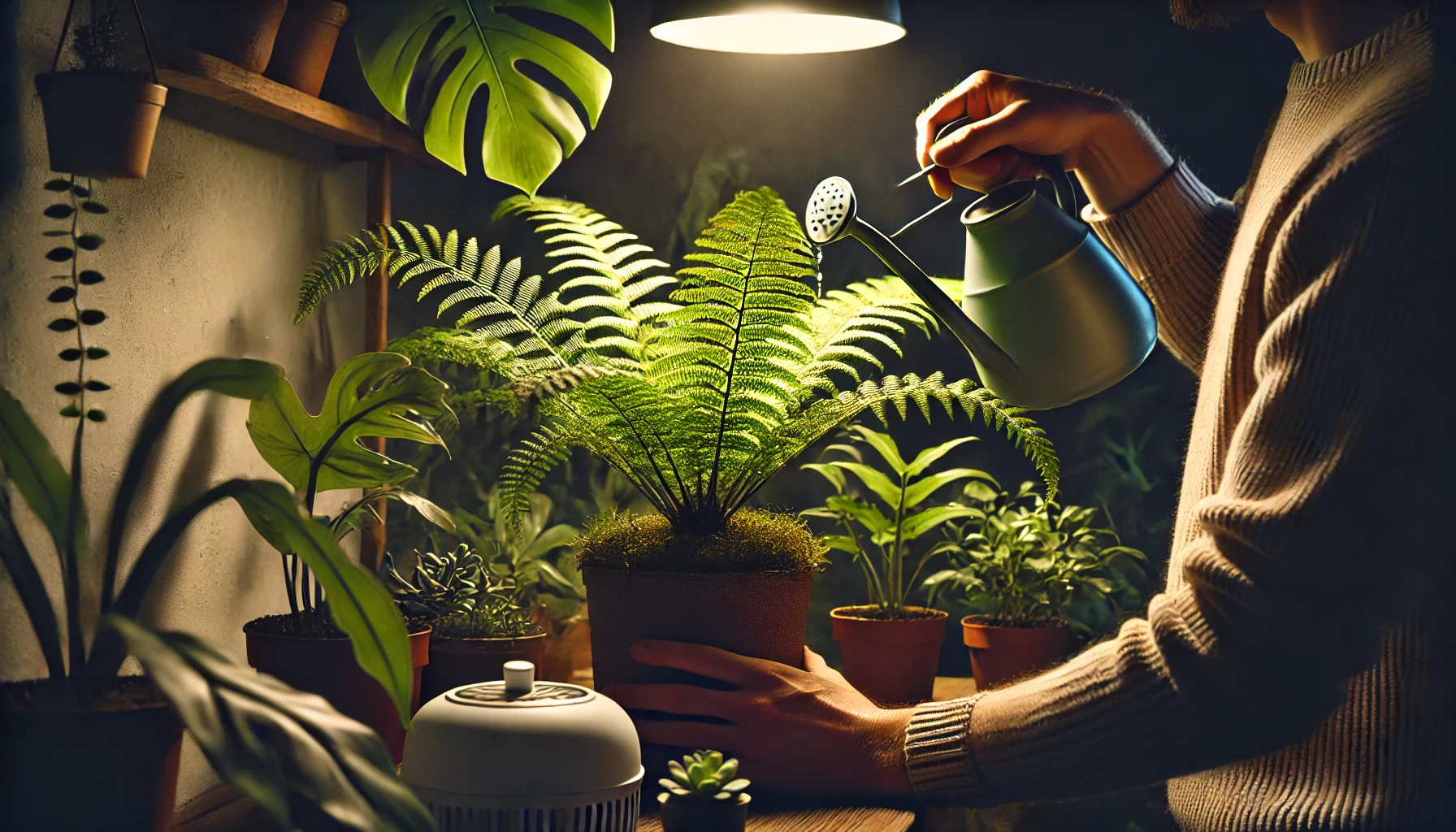
Humidity Levels: Ferns love humidity. In low-light areas, the air tends to be dry, so consider using a humidifier or placing a shallow tray of water near the fern. Regular misting can also help keep the humidity levels up.
Temperature: Ferns prefer cooler, consistent temperatures. Keep them in an area where the temperature ranges from 60°F to 75°F (15°C to 24°C) to prevent stress.
Soil and Fertilizing: Use well-draining, organic-rich soil for your fern. During the growing season (spring and summer), fertilize once a month with a balanced liquid fertilizer. Avoid over-fertilizing, as ferns are sensitive to excess nutrients.
Regular Cleaning: Dust can accumulate on fern fronds, reducing their ability to photosynthesize. Gently wipe the leaves with a damp cloth to keep them clean and healthy.
By understanding these key factors, you can create the ideal environment for ferns to thrive, even in areas with limited light. With the right care, your fern will flourish and bring a touch of greenery to any space.
Top Easy-Care Ferns for Dim Spaces
Ferns are perfect for adding lush greenery to low-light areas, and some varieties thrive in dim spaces with minimal care. Here are the top easy-care ferns that can brighten up your home even in darker corners.
Boston Fern (Nephrolepis exaltata)
The Boston Fern is a hardy fern that does well in low to moderate light. It prefers humid environments, so occasional misting or placing it on a pebble tray can help. Water regularly, but ensure the soil drains well to avoid root rot.
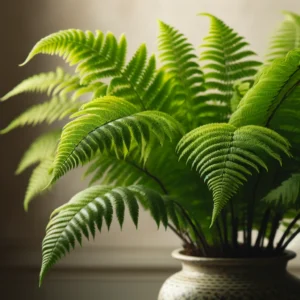
Bird’s Nest Fern (Asplenium nidus)
Bird’s Nest Ferns are ideal for dimly lit spots, thriving in low light. These ferns have glossy, wavy fronds and are relatively easy to care for. Keep the soil moist but not soggy, and avoid direct sunlight, which can burn the leaves.
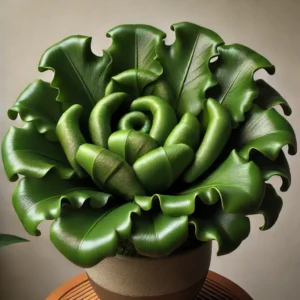
Maidenhair Fern (Adiantum)
Maidenhair Ferns thrive in low-light conditions and prefer high humidity. They need consistent moisture, so regular watering is essential. If the humidity is too low, consider using a humidity tray or a room humidifier.
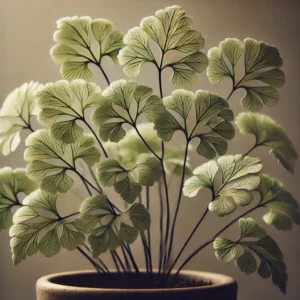
Lady Fern (Athyrium filix-femina)
This fern adapts well to dim spaces and is perfect for beginners. It can handle lower light levels, and its feathery, delicate fronds add elegance to any space. Keep the soil evenly moist, but ensure good drainage to prevent root rot.
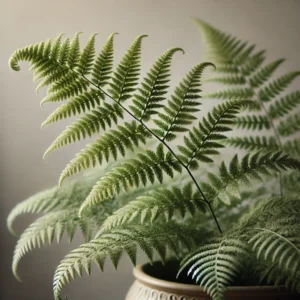
Staghorn Fern (Platycerium)
Staghorn Ferns are unique and thrive in low light. They can be mounted on a piece of wood or kept in a hanging basket, making them a great option for smaller spaces. Water them when the substrate feels dry, and avoid direct sunlight.
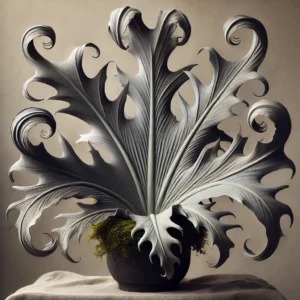
Tips for Success in Dim Spaces:
- Watering: Ferns generally prefer evenly moist soil. Avoid overwatering or letting the soil dry out completely.
- Humidity: Most ferns like humid conditions, so consider misting or using a humidity tray if your space is too dry.
- Light: Although these ferns tolerate dim spaces, they still need indirect light. Place them near windows that don’t get direct sun.
With these easy-care ferns, you can enjoy lush greenery even in the dimmest corners of your home, all while keeping maintenance minimal.
Common Problems and How to Avoid Them
Even the hardiest plants can face challenges. Understanding common issues and knowing how to prevent them can help keep your plants healthy and thriving.
Overwatering
Overwatering is a leading cause of plant stress and root rot. To avoid this, ensure your plant’s pot has proper drainage and only water when the top inch of soil is dry. Always empty any excess water from the saucer to prevent the roots from sitting in water.

Underwatering
On the flip side, underwatering can lead to dry, brittle leaves. Check the soil regularly, and if it’s dry throughout, give your plant a thorough watering. Consider adding a humidity tray or misting your plants to maintain moisture levels.
Pest Infestations
Common pests like aphids, spider mites, and mealybugs can harm your plants. To prevent infestations, inspect your plants regularly and remove any pests you see. If an issue arises, treat your plants with insecticidal soap or neem oil for a natural solution.
Poor Lighting
Many plants suffer from insufficient or excessive light. Too little light can lead to leggy growth, while too much direct sunlight can scorch leaves. Make sure your plant is in a spot with the right amount of indirect sunlight. For low-light plants, choose a location away from direct sunlight but with enough brightness.
Nutrient Deficiency
A lack of essential nutrients can cause slow growth, yellowing leaves, or poor flowering. Prevent nutrient deficiencies by using a balanced, slow-release fertilizer during the growing season. Be careful not to over-fertilize, as it can lead to salt buildup and harm the roots.
Temperature Stress
Extreme temperatures, both hot and cold, can damage your plants. Keep your plants away from drafts, air conditioners, and heaters. Most plants thrive in temperatures between 60-75°F (15-24°C), so maintain a consistent indoor climate.
By being proactive and addressing these common issues early, you can ensure your plants stay healthy and vibrant year-round.
Creative Ways to Display Ferns in Dim Spaces
Ferns are perfect for adding lush greenery to dimly lit areas, but their beauty often goes unnoticed in such spaces. With the right display techniques, you can make your ferns thrive and become eye-catching features in your home. Here are some creative ways to display ferns in dim spaces:
Hanging Baskets:
Hanging baskets are ideal for placing ferns in areas with limited floor space. Suspended from the ceiling, they can bring life to corners or areas with low light, like bathrooms or kitchens. Choose a sturdy hook and ensure the ferns have enough room to grow.
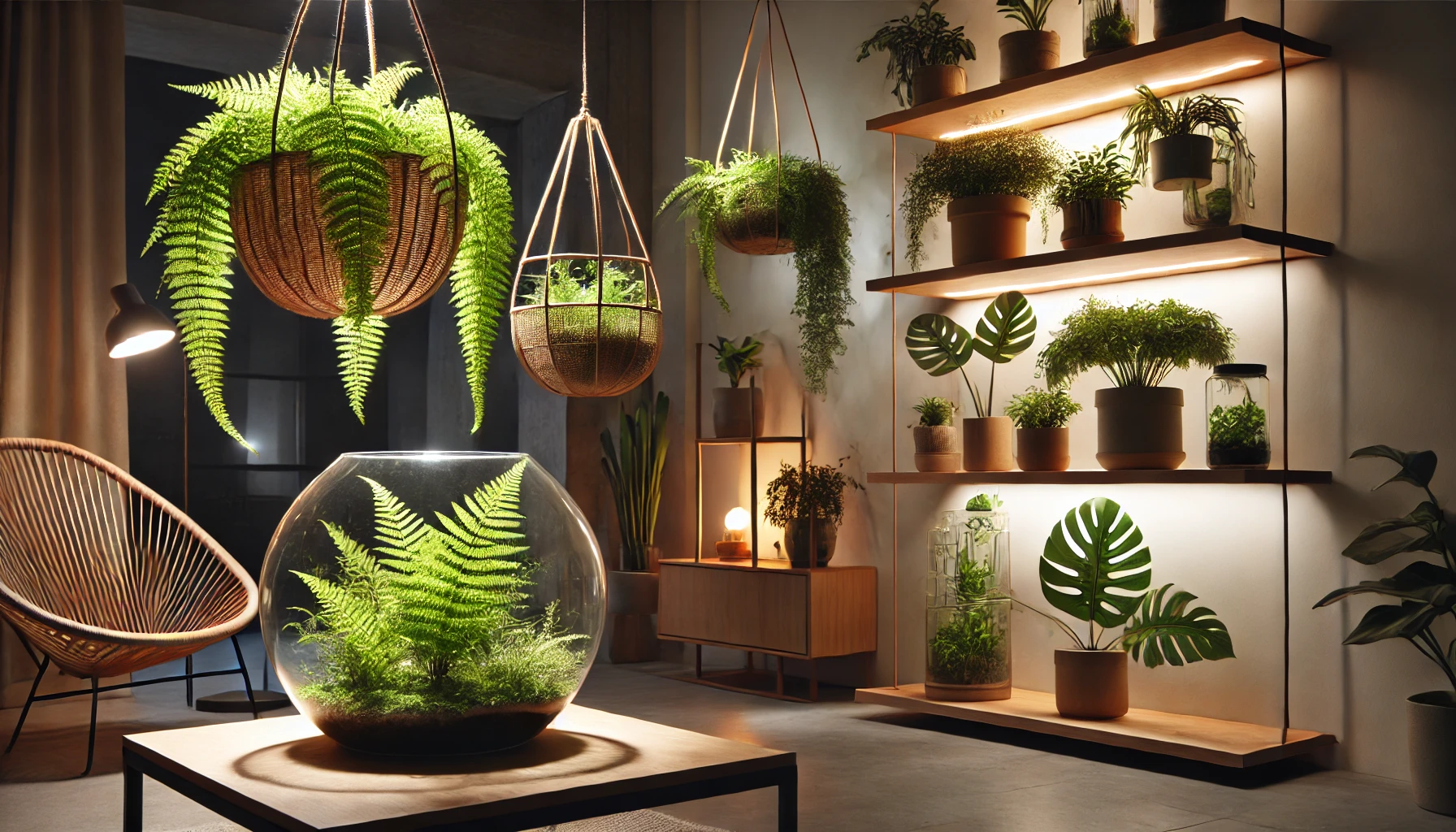
Floating Shelves:
Install floating shelves near windows or in darker corners. Position ferns on shelves at varying heights for a layered look. This adds depth to your space while making the most of natural light when available.
Ferns in Glass Containers:
Place ferns in clear glass containers, like terrariums or glass jars, for a modern, stylish look. The glass allows for easy observation of the plant’s roots, and you can create a mini ecosystem inside, which helps maintain moisture.
Use Low-Light Varieties:
Certain fern species, like the Boston fern or Maidenhair fern, are better suited for low-light environments. Opt for these varieties to ensure your ferns stay healthy in dim spaces.
Grouping Ferns with Other Low-Light Plants:
Create a natural, tranquil corner by grouping your ferns with other low-light tolerant plants like pothos or peace lilies. This combination enhances the ambiance and ensures that your ferns are well-placed in the environment.
Corner Floor Display:
Ferns are perfect for filling empty corners. Use a tall plant stand or decorative planter to elevate the fern, allowing it to take center stage without overwhelming the space.
Light Up with Artificial Grow Lights:
If your space is exceptionally dim, consider using LED grow lights. These lights can provide the necessary spectrum for ferns to thrive while also adding a cozy atmosphere to your room.
By using these creative display methods, you can showcase your ferns in dim spaces, ensuring they grow strong and beautiful while enhancing your home’s décor.
Ferns are the perfect solution for adding greenery to low-light spaces without the hassle of high-maintenance care. From the resilient Boston Fern to the elegant Maidenhair Fern, these easy-care plants can thrive in dim areas with minimal effort. By understanding their light, humidity, and watering needs, you can enjoy a lush, thriving indoor garden in even the darkest corners of your home. Whether you choose to display them in hanging planters, terrariums, or as tabletop accents, ferns offer a natural touch that enhances any space.
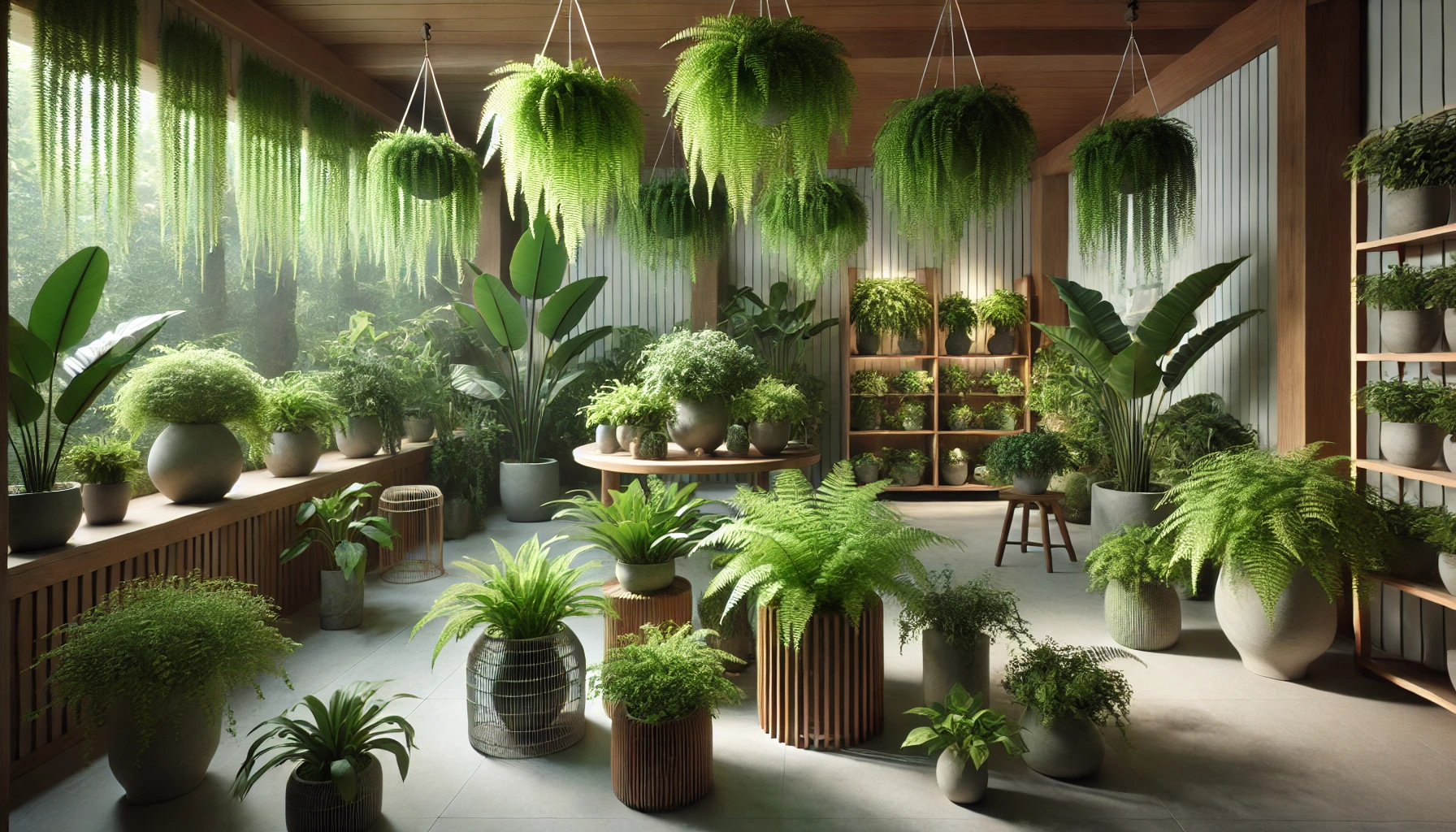
So, if you’re looking to brighten up your indoor spaces with minimal care, easy-care ferns for dim spaces are the way to go. Embrace the beauty and benefits of these low-light-loving plants and enjoy a thriving, green sanctuary in your home!
Frequently Asked Questions(FAQ)
What are the best easy-care ferns for dim spaces?
Some of the best easy-care ferns for dim spaces include Boston Ferns, Maidenhair Ferns, Bird’s Nest Ferns, Staghorn Ferns, and Sword Ferns. These varieties are well-suited for low-light conditions and require minimal maintenance to thrive indoors.
Can ferns survive in low-light conditions?
Yes, many fern varieties, including the ones mentioned above, can thrive in low-light conditions. Ferns typically prefer indirect light and can tolerate dim areas, making them perfect for spots with limited sunlight.
How do I care for easy-care ferns in dim spaces?
To care for easy-care ferns in dim spaces, ensure they are placed in areas with indirect light, maintain moderate humidity, and water them when the soil is dry. Avoid overwatering, as ferns are sensitive to root rot. Use well-draining soil to help maintain healthy roots.
How often should I water easy-care ferns for dim spaces?
Water your easy-care ferns when the top inch of soil feels dry to the touch. Typically, this means watering once every 1-2 weeks, but it may vary depending on the specific plant, humidity levels, and the season. Always ensure the soil has good drainage to avoid waterlogging.
Can I place easy-care ferns for dim spaces in a windowless room?
While ferns can survive in areas with minimal natural light, they still need some form of indirect light to stay healthy. If your room has no windows, you can use artificial grow lights to supplement the light your ferns need.
Are there any common problems with growing ferns in low-light areas?
Common problems include yellowing leaves (often caused by improper watering or insufficient light), mold, and root rot. To prevent these issues, ensure the ferns receive adequate but not direct sunlight, water them properly, and check for proper drainage in the pots.
How can I increase humidity for ferns in dim spaces?
Ferns thrive in humid environments. To increase humidity, mist your ferns occasionally, use a humidity tray, or place a small humidifier nearby. Grouping plants together can also help create a micro-environment with higher humidity.
Can I display ferns in decorative containers?
Yes, ferns can be displayed in decorative containers, but it’s essential that the containers have proper drainage holes to prevent water from accumulating at the bottom. Consider using pots with drainage trays or stylish hanging baskets to elevate your fern display.
How can I prevent pests on my easy-care ferns for dim spaces?
To prevent pests like aphids or spider mites, regularly inspect your ferns and remove any affected leaves. You can also rinse the leaves gently with water or use natural insecticidal soap to keep pests at bay.
Are easy-care ferns for dim spaces safe for pets?
Most ferns, including Boston Ferns and Maidenhair Ferns, are non-toxic to pets, making them a safe option for households with cats and dogs. However, always verify the specific variety of fern to ensure its safety for your pets.
